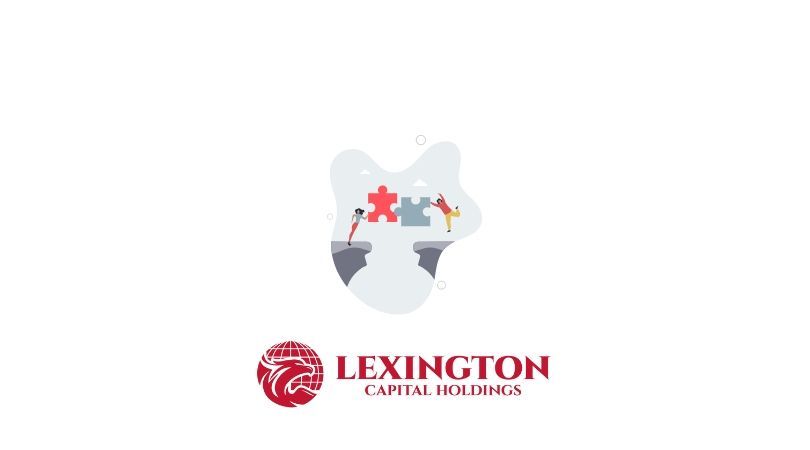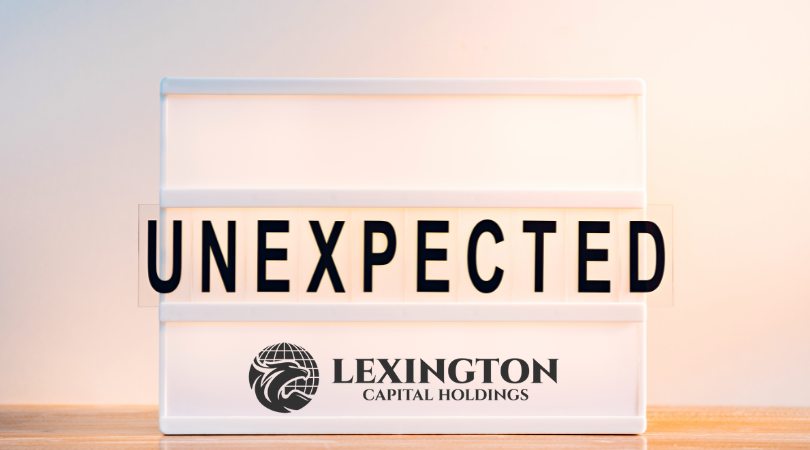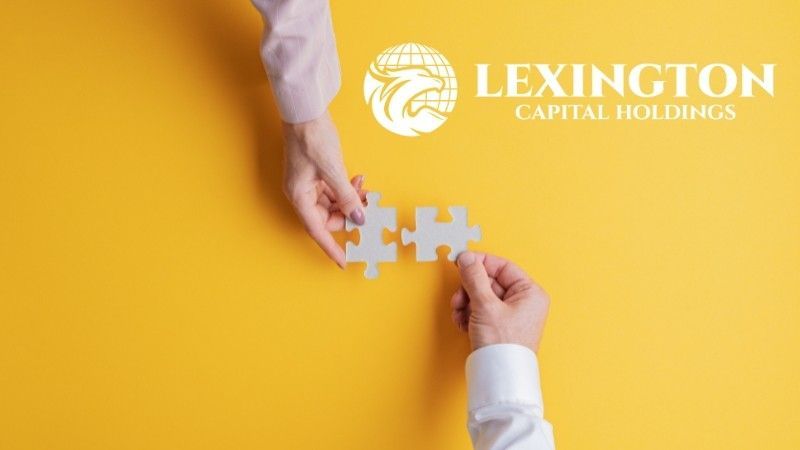Leasing or Buying Equipment for Business Owners in 2024: A Comprehensive Guide
Leasing or Buying Equipment for Business Owners in 2024: A Comprehensive Guide
As we move through 2024, business owners are faced with critical decisions about acquiring essential equipment. This guide aims to provide a comprehensive understanding of the differences between leasing and buying equipment, helping business owners make more informed choices that can significantly impact their company’s financial health, operational efficiency, and growth potential.
The Leasing Option
Pros:
Lower Upfront Costs: Leasing requires minimal initial investment, preserving capital for other critical business needs.
Flexibility: Leasing allows for regular upgrades, ensuring access to the latest technology without significant financial commitments.
Tax Benefits: Lease payments are often tax-deductible, reducing the overall tax burden.
Maintenance and Repairs: Many lease agreements include maintenance, mitigating unexpected repair costs.
Cons:
Higher Long-term Costs: Over time, leasing can be more expensive due to continuous monthly payments.
No Ownership: At the end of the lease term, you do not own the equipment unless you choose to buy it, often at an additional cost.
Contractual Obligations: Leases can be restrictive, with penalties for early termination or exceeding usage limits.
The Buying Option
Pros:
Ownership: Purchasing equipment means you own it outright, providing full control over its use and customization.
Long-term Savings: Once paid for, owned equipment incurs no recurring monthly payments, potentially leading to long-term savings.
Depreciation and Tax Benefits: Owned equipment can be depreciated over time, offering tax advantages.
Asset Value: Owned equipment adds to the company’s assets, enhancing its balance sheet.
Cons:
High Initial Costs: Buying equipment requires a significant upfront investment, which can strain cash flow.
Maintenance and Repairs: The owner is responsible for all maintenance and repair costs, which can be unpredictable.
Obsolescence: Technology can become outdated quickly, potentially requiring further investment to stay competitive.
Key Considerations for 2024
Financial Health: Evaluate your company’s financial status. If cash flow is tight, leasing might be more practical to avoid depleting resources.
Equipment Usage: Assess how frequently and intensively the equipment will be used. High-usage scenarios might favor purchasing for long-term cost-effectiveness.
Industry Trends: In rapidly evolving industries, leasing can provide access to cutting-edge technology without the risk of obsolescence.
Tax Implications: Consult with a tax professional to understand the tax benefits of leasing versus buying specific to your business context.
Business Goals: Align your decision with your company’s long-term strategic goals. Leasing offers flexibility for expansion or pivoting, while buying is ideal for stable, long-term equipment needs.
Conclusion
The decision to lease or buy equipment in 2024 should be based on a thorough analysis of your business’s unique needs, financial health, and long-term goals. Leasing offers flexibility and lower upfront costs, making it suitable for companies prioritizing cash flow and technological agility. Buying provides ownership benefits and potential long-term savings, ideal for businesses with stable finances and long-term equipment needs. By carefully evaluating these factors, business owners can make informed decisions that support their growth and success in a competitive marketplace.

When you apply for business funding, your application goes through a critical stage—underwriting. This is where lenders evaluate risk and determine whether your business qualifies for financing, and under what terms. Understanding what underwriters look for can help you strengthen your application, avoid delays, and increase your approval odds.

Not every business enjoys a steady stream of income. For many companies—especially those in seasonal industries, contracting, or project-based work—revenue can shift dramatically from month to month. These ups and downs are normal, but they can make managing cash flow, payroll, and operating expenses challenging. At Lexington Capital Holdings, we understand that fluctuating revenue doesn’t mean instability—it just means you need the right financial tools to stay balanced and grow confidently.

The Challenge of Hyper-Growth For many startups, growth isn’t the problem—it’s managing it. Rapid scaling demands capital for hiring, marketing, technology, and operations. But too often, founders find themselves cash-strapped right when they need resources the most. Choosing the right financing strategy can be the difference between sustainable growth and burning out too soon.

When it comes to business financing, the terms you secure are just as important as the funding itself. Lower interest rates, flexible repayment schedules, and higher approval amounts can mean the difference between simply surviving and setting your business up to thrive. The good news? Business owners often have more negotiating power than they realize. At Lexington Capital Holdings, we’ve seen firsthand how preparation and strategy can help secure stronger terms. Here’s how you can do the same:

For many businesses, waiting on customer payments can feel like standing still when you’re ready to move forward. Delayed invoices, extended payment terms, or slow collections create cash flow gaps that make it harder to cover expenses, pay employees, or seize new opportunities. The truth is—even successful, profitable companies face this challenge. The key isn’t avoiding it, but managing it strategically with the right funding solutions

Securing business funding is a milestone—but the real impact comes from how you put that capital to work. Every dollar borrowed should fuel momentum, strengthen operations, and generate measurable returns. Unfortunately, too many businesses stop at “getting approved” and miss the chance to maximize their return on investment (ROI). At Lexington Capital Holdings, we believe funding isn’t just about access to capital—it’s about creating opportunity. Here’s how to ensure your financing delivers the highest ROI:

In today’s fast-paced business environment, standing out from the competition requires more than just great products and services—it takes strategy, timing, and smart financial decisions. One of the most overlooked tools in building and maintaining a competitive advantage is business financing. When leveraged correctly, financing doesn’t just help you “get by”; it can actually position your business to outpace competitors and capture new opportunities.

In business, surprises aren’t a matter of if—they’re a matter of when. Whether it’s a sudden equipment breakdown, an unexpected dip in sales, or a market shift that requires quick adaptation, unforeseen expenses can test even the most successful companies. The difference between thriving and struggling often comes down to how well you’ve prepared.

When most business owners hear the word debt, it sparks feelings of stress or risk. But here’s the truth—debt isn’t always a bad thing. In fact, when managed strategically, debt can become one of the most powerful tools to grow, stabilize, and scale your business. At Lexington Capital Holdings, we work with business owners every day who are navigating this very question: Is taking on debt the right move for me? Let’s break down the difference between “good” and “bad” debt so you can make informed financial decisions.

In today’s business world, financing options are everywhere—but choosing the right path can feel overwhelming. From traditional bank loans to alternative lending solutions, the fine print and fast-changing requirements often leave business owners spending more time deciphering funding terms than actually running their businesses. That’s where the value of a dedicated funding advisor truly shines. At Lexington Capital Holdings, we’ve seen firsthand how personalized guidance can transform the funding experience for business owners of all sizes.

